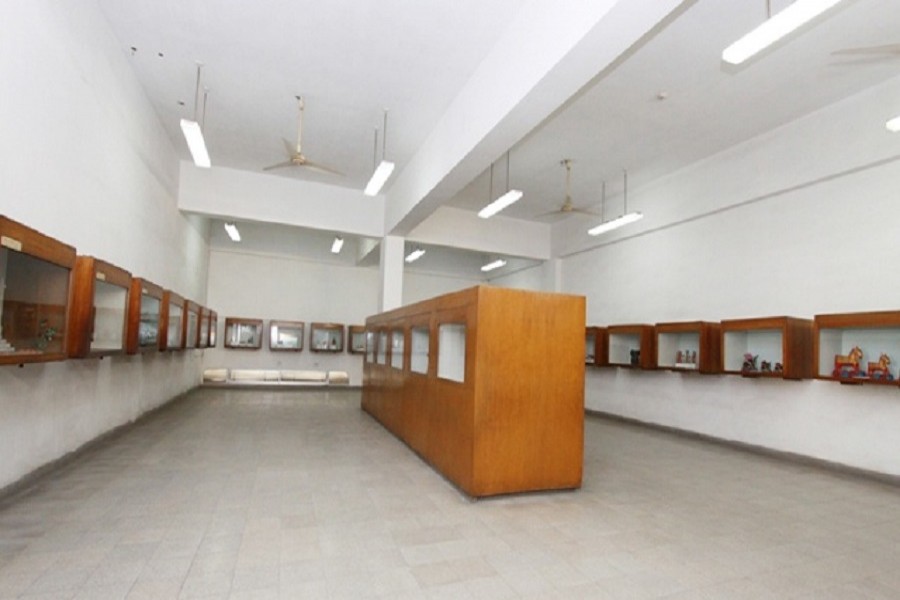
Published :
Updated :

The National Museum in Bangladesh has removed its gallery of dolls to make way for glass exhibits.
The setting-up of a new gallery at the expense of a permanent set-up has been described as 'unorthodox' by two keepers of the museum, who requested to remain anonymous.
They said the decision to dump the dolls gallery on the second floor was "made solely" by the museum's Director General Faizul Latif Chowdhury, who has held the position since 2014.
But Chowdhury would not hear of any of it.
When approached, he refused to explain his decision and instead made accusations of "politicising the matter for the sake of controversy”.
"I don’t want to discuss this. It is a matter of politics. You've been invited to come here. Who invited you here? I think this is political, so I don't want to talk about it."
"Come to a positive angle. You came to pick a quarrel. You are trying to create a debate. Come with constructive issues," he said, reports bdnews24.
The museum’s Gallery-27 used to house dolls made of mud, paper, wood and cement, said a keeper.
"The Bengal delta has inspired many forms of dolls, and the practice of making them in the region goes back to the Bronze Age civilisation that flourished around the Indus river."
"Excavation at the ruins of Narsingdi's Wari-Bateshwar, believed to be the site for a Maurya dynasty fort, led to the discovery of dolls."
The National Museum's dolls gallery used to house a large collection from Narendra Narayana Roy Chowdhury, the Baldha landlord who had established his own museum.
The many ancient and medieval artefacts he personally collected, including a large collection of dolls, were shifted to the museum after his death, according to Banglapedia.
Other precious artefacts from the now-removed gallery included four iconic dolls that captured National Poet Kazi Nazrul Islam in different ages, said the keeper.
Cycle-borne mud figures by sculptor Moron Chad Pal, several from West Bengal's Ghurnigram and many more that represented the art form as practised in various regions in Bengal were also there, he said.
The gallery now houses glass beakers, bottles, magnifying glass, seismograph and microscopes. The glass gallery opened in May 23, also has everyday objects like ashtrays, inkpots, scented-oil holders and halogen lights.
Most seemed to bear no historic value and merely represented glass in many forms.
"A permanent gallery is never replaced with a new one. New galleries are always added. But this was done to suit the preference of the director general," said a keeper.
"Children were particularly attracted to this gallery. Adults would revel at seeing the evolution of this art form."
Despite the dumping of dolls in Gallery-27, some were still being exhibited in two other galleries. Gallery-41, for World Civilisation, has 119 dolls from 36 countries collected by Sweden's Gunila Garpinger. There were also some by Zainul Abedin.
The Arms and Weapons gallery was also closed, said a sub-keeper.
The museum has also decided to set aside a special place for a Jinnah cap, a sheep-fur hat named after the founder of Pakistan, unlike the cap worn by Mawlana Bhasani, a foremost leader of the Bengali freedom movement.
"This is the museum's decision. Museums around the world follow this rule, they rotate items," said Director General Chowdhury.
"I have told you before. I will not take part in politics."


 For all latest news, follow The Financial Express Google News channel.
For all latest news, follow The Financial Express Google News channel.